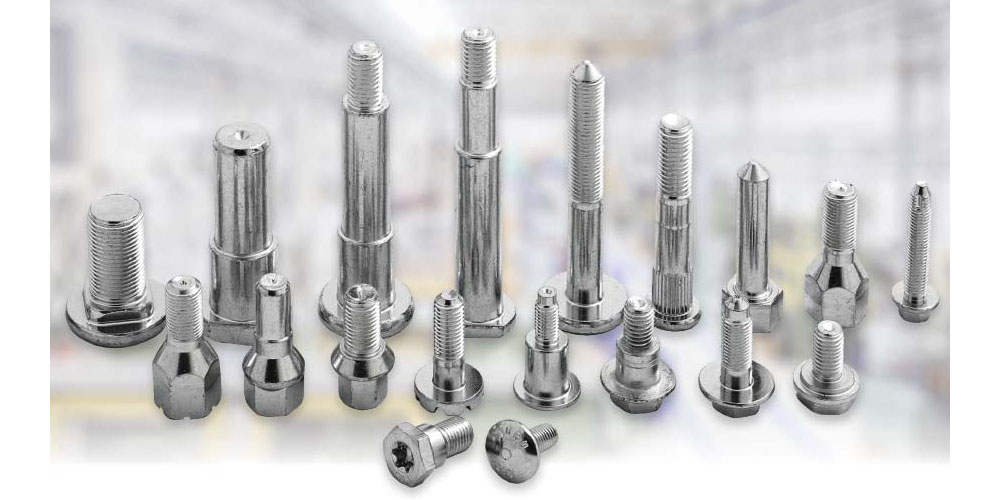Cold forging is also known as cold extrusion. In the forging industry today, cold forging is considered the most advanced technology. Furthermore, compared to traditional technologies, forging parts using cold forging is more accurate and quality. Its high quality is witnessed because the cold forging process is done at room temperature. Additionally, many advantages result from using cold forging. Below are the top nine cold forging advantages.
Top 9 cold forging advantages
1. Fast production processes
The cold forging procedure is relatively simple. The workpiece is directly placed on the forging machine, and production of the finished part begins immediately. Processes such as oxidation and heating are not involved in cold forging. Furthermore, the latest innovations ensure for automation of services, thus fast production processes.
2. Reduced manufacturing costs
The reduced manufacturing costs are attributed to the removal of oxidation and heating steps. The removal of these manufacturing steps ensures that production costs are also reduced. Therefore, parts produced through cold forging are cost-saving.
3. Friendly to the environment
Cold forging does not require heating processes. Thus, smoke and fumes produced during heating that leads to carbon emissions are eliminated. It also reduces manufacturers’ costs in purchasing cleaning equipment and air filters. Thus, cold forging is a great technology that helps companies go green.
4. High strength metals
Cold forging removes adverse metal reactions. Working on metals can develop several problems. But the best benefit of cold forging is that it reduces some negative impacts like porosity fatigue. It uses that overall material strength is increased. Furthermore, the process also ensures the material integrity loss is minimized. Additionally, parts produced are harder as compared to those produced in other forging technologies. The hard tools are durable and can withstand harsh conditions.
5. Finer finish
The parts produced through cold forging have a finer finish in comparison to those produced through hot forging. Thus, the more refined finish ensures the parts are more appealing.
6. High-quality parts
Cold forging can be used in the manufacturing of simple and complex parts. Despite the part produced, cold forging guarantees that high-quality parts are developed. Furthermore, the parts produced are usually high-performing. The high performance is attained by rearranging the workpiece grain structure to follow the final part configuration.
7. High volume production
The cold forging technique utilizes fast speed. The fast speed ensures that more parts can be produced at the littlest time possible. Thus, cold forging can be used for mass production. Furthermore, the automation of services ensures that more parts can be produced.
8. Allows for the use of different metals
Cold forging is quite flexible in the type of metal it can be used. The different metals include; copper, stainless steel, alloy steel, brass, carbon, and aluminum. Therefore, if you wish to acquire the services of cold forging, you can enjoy the benefits of the variety of metals.
9. High accuracy levels
The cold forging process is automated. Therefore, the parts produced are accurate. Thus, in comparison to the traditional forging method, cold forging is the best.
Conclusion
Innovations in cold forging ensure that many manufacturers are currently moving away from the traditional forging methods to cold forging. Furthermore, cold forging allows for high production speed, and volume thus saving on production costs.
